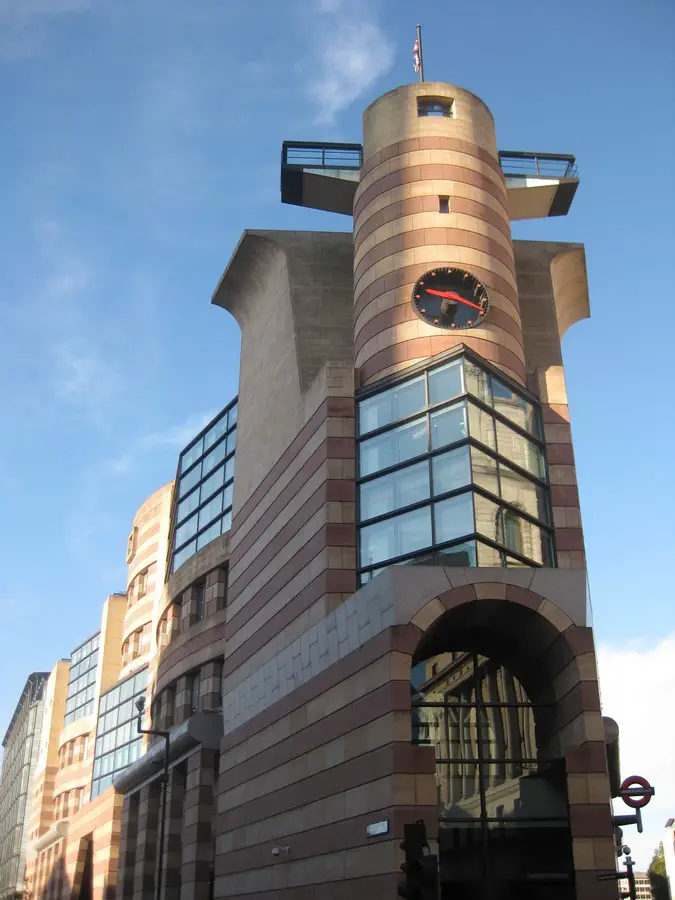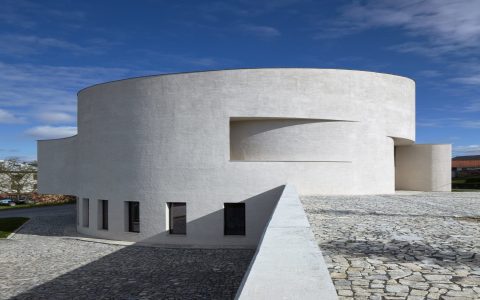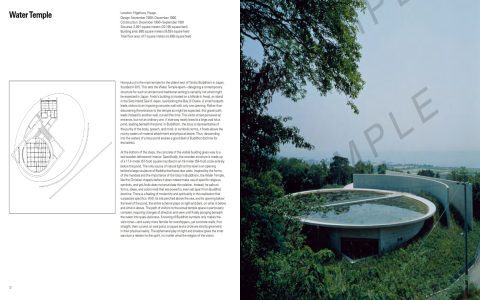Pomo architecture, or Postmodern architecture, emerged in the late 20th century as a reaction against the rigid minimalism of modernist design. It rejected the notion of "form follows function" and instead embraced complexity, symbolism, and historical references to create visually engaging structures.
Historical Context and Origins
Postmodernism arose in the 1960s-1970s as architects critiqued modernism's austerity. Pioneered by figures like Robert Venturi and Denise Scott Brown, it gained prominence after the 1972 demolition of the Pruitt-Igoe complex, widely seen as a modernist failure.
Distinctive Design Features
- Eclectic ornamentation: Extensive use of decorative elements, colors, and textures often omitted in modernism.
- Symbolic references: Classical columns, pediments, and arches used ironically or contextually.
- Historical pastiche: Juxtaposition of traditional and contemporary motifs through collage-like composition.
- Contradiction and irony: Intentional visual complexity challenging functionalist ideals.
- Contextual response: Buildings designed to engage with local culture, history, or neighboring structures.
Iconic Examples and Architects
Venturi's Vanna Venturi House (1964) exemplifies early Pomo with its fragmented gable and non-structural arch. Michael Graves' Portland Building (1982) features oversized keystones and colorful façades. Philip Johnson's AT&T Building (1984) incorporates a Chippendale-style broken pediment atop a skyscraper.

Though less dominant today, Pomo fundamentally expanded architectural expression by prioritizing meaning and cultural resonance over pure utility, leaving a lasting influence on contextual design approaches.






